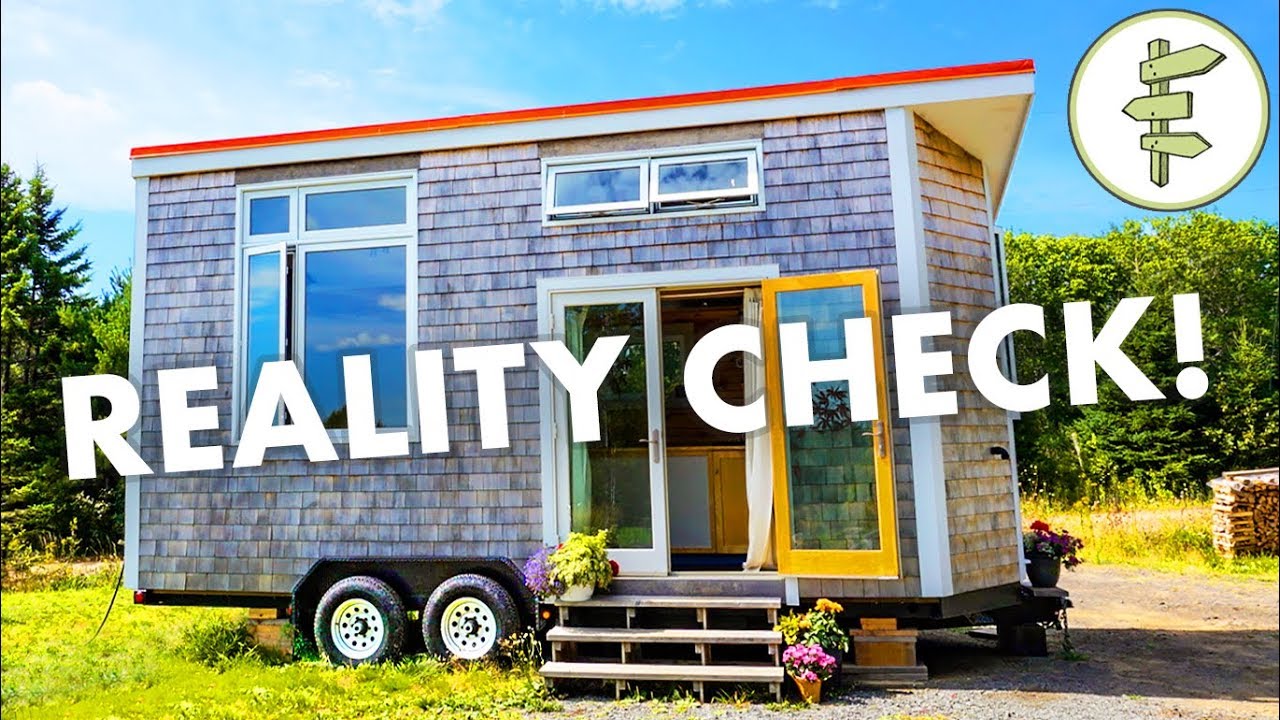Introduction to Tiny Houses in Rhode Island
Tiny houses have been gaining popularity across the United States as a sustainable, affordable, and minimalist housing option. These small dwellings have captured the attention of individuals seeking a simpler lifestyle and a smaller environmental footprint. However, the question arises: is it permissible to have tiny houses in Rhode Island? In this article, we will explore the definition of a tiny house, Rhode Island’s current regulations on them, the pros and cons of allowing such housing options, economic implications, environmental impact, safety concerns, the possibility of tiny house communities, and their potential as affordable housing solutions. Additionally, we will discuss overcoming zoning challenges and examine successful tiny house projects in other states.
Understanding the Definition of a Tiny House
A tiny house is a compact dwelling that typically ranges from 100 to 400 square feet in size. These structures are designed to maximize space efficiency while still providing all the necessary amenities for comfortable living. They often incorporate innovative storage solutions and utilize multi-purpose furniture to optimize usage of limited space. Tiny houses can be either on wheels, known as tiny houses on wheels (THOWs), or on a foundation, similar to traditional houses but on a smaller scale.
Rhode Island’s Current Regulations on Tiny Houses
As of now, Rhode Island does not have specific regulations addressing tiny houses. However, the state’s building codes, zoning laws, and classification of dwellings can influence the legality of tiny houses. Currently, tiny houses on wheels are considered recreational vehicles and can be subject to restrictions regarding their use as permanent residences. On the other hand, tiny houses on foundations may be subject to the same regulations as traditional homes, such as minimum square footage requirements and setback rules.
Pros and Cons of Allowing Tiny Houses in Rhode Island
Allowing tiny houses in Rhode Island has its advantages and disadvantages. On the positive side, tiny houses promote sustainability by requiring fewer resources to build and operate. They offer a more affordable housing option, allowing residents to reduce their financial burden and potentially achieve homeownership. Additionally, tiny houses can foster a sense of community, as they often encourage a minimalist lifestyle and promote shared spaces. However, drawbacks include potential difficulties in obtaining financing and insurance, challenges with infrastructure development, and concerns about property values in existing neighborhoods.
Economic Implications of Tiny Houses in Rhode Island
The introduction of tiny houses in Rhode Island could have significant economic implications. These compact dwellings would provide an affordable housing option for individuals struggling with rising housing costs. This, in turn, could stimulate local economies by freeing up funds for other expenditures, such as businesses, education, or healthcare. Furthermore, the construction and maintenance of tiny houses could create job opportunities in the construction industry, boosting employment rates and contributing to economic growth.
Environmental Impact of Tiny Houses in Rhode Island
Tiny houses are inherently eco-friendly due to their small size and efficient use of resources. They require less energy for heating and cooling and have a smaller ecological footprint compared to larger homes. Furthermore, the trend of downsizing and adopting a minimalist lifestyle associated with tiny houses contributes to reduced consumption and waste production. By allowing tiny houses in Rhode Island, the state could take a significant step towards promoting sustainability and combating climate change.
Addressing Safety Concerns with Tiny Houses
Safety is a crucial aspect to consider when discussing the permissibility of tiny houses in Rhode Island. Concerns regarding fire safety, structural stability, and compliance with health codes must be addressed. Proper regulations and building codes specific to tiny houses can ensure that these dwellings meet safety standards. Additionally, ensuring access to utilities, such as water and electricity, is essential to guarantee a safe living environment for tiny house residents.
Tiny House Communities: Possibilities in Rhode Island
One possibility that arises with the approval of tiny houses in Rhode Island is the creation of tiny house communities. These communities provide an opportunity for like-minded individuals to come together and share resources, creating a sense of belonging and support. They could be located in urban areas, where land availability is limited, or in rural areas, where residents can enjoy a closer connection to nature. Tiny house communities could foster a spirit of cooperation and social interaction, enhancing the overall quality of life for their residents.
Tiny Houses as Affordable Housing Solutions
Rhode Island, like many other states, faces an affordable housing crisis. Allowing tiny houses could be a potential solution to this problem. These compact dwellings provide an affordable alternative to traditional homes, allowing individuals with limited financial means to become homeowners. Furthermore, tiny houses are often portable, offering the flexibility to move to different locations, potentially addressing issues of housing instability and homelessness in Rhode Island.
Overcoming Zoning Challenges for Tiny Houses in Rhode Island
One of the main obstacles to permitting tiny houses in Rhode Island is zoning regulations. Existing zoning laws often require minimum square footage and specific building types, making it difficult for tiny houses to comply. To overcome these challenges, Rhode Island could enact specific zoning ordinances addressing tiny houses, similar to other states that have successfully integrated tiny houses into their communities. These ordinances could establish guidelines for minimum square footage, allowable locations, and infrastructure requirements.
Case Studies: Successful Tiny House Projects in Other States
While Rhode Island may not have specific regulations for tiny houses, other states have successfully implemented projects and regulations. For example, Spur, Texas, has transformed its community by allowing tiny houses, leading to an influx of new residents and revitalization of the local economy. Oregon and California have also implemented regulations and guidelines for tiny houses, offering valuable insights for Rhode Island policymakers. These case studies demonstrate that with careful planning and appropriate regulations, tiny houses can thrive and contribute positively to their communities.
Conclusion: Should Tiny Houses be Permitted in Rhode Island?
Allowing tiny houses in Rhode Island holds both advantages and challenges. While they offer sustainability, affordability, and the potential for community building, concerns regarding safety, zoning, and impact on existing neighborhoods need to be addressed. By developing specific regulations and adopting successful models from other states, Rhode Island could unlock the potential of tiny houses as a solution to affordable housing issues and a step towards a more sustainable future. With careful planning and collaboration, tiny houses could find their place in the Ocean State, benefiting both residents and the environment.





